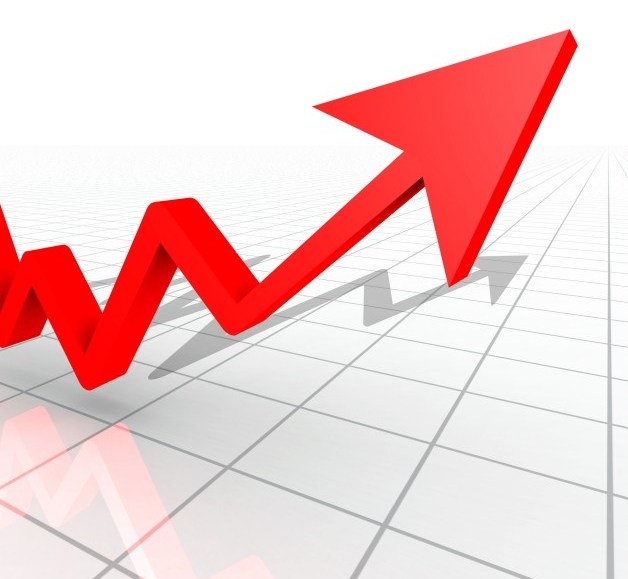
If you listen to the real-time bidding evangelists, a rising tide lifts all boats. In the short term, however, it appears as though the “efficiencies” gained through programmatic ad buying will cut into online advertising growth, meaning publishers should expect to make less.
Magna Global warned this is a likely consequence. As online media is increasingly traded through programmatic mechanisms, it’s ultimately becoming cheaper to obtain. As marketers switch their budgets from traditional to digital media they’re saving considerable amounts of money, and there’s no guarantee they’ll reinvest it in more media.
“Unless marketers find themselves in a growing or highly competitive market, they’re not likely to use those savings to increase advertising pressure or share of voice,” wrote Vincent Letang, the firm’s director of global forecasting. Although digital continues to grow its share of ad investment that progress may begin to slow, therefore, as the channel gets cheaper. Magna estimates almost half of online media will be traded programmatically in the U.S. by 2017.
As users continue to make the leap to digital, it’s clear media companies, marketers, and agencies will follow. But the “trading analog dollars for digital dimes” concept continues to worry the industry, and it might only get worse as it continues attempts to hyper-optimize its every aspect.
What’s more this trend is currently only at play in developed markets, and has yet to hit the emerging markets that are currently driving a lot of growth in digital. As programmatic technologies continue to proliferate, therefore, they could have an even more pronounced deflationary effect on the global ad business moving beyond 2014.
Magna forecasted 13.5 percent growth for online advertising in 2013, far outstripping the overall 3.3 percent ad uptick it expects. As has been the case for the past couple of years, much of that increase will be driven by social media and video, of which user consumption continues to grow rapidly. Media and platform owners have aggressively stepped up their attempts to monetize those two channels over the past year, too, which is also helping to draw greater budgets. It’s now rare to see a YouTube clip without a pre-roll ad, for example, and social platforms such as Facebook and Twitter are slowly turning up the number of ads their users are exposed to.
More in Media

Digiday+ Research: Publishers take their focus off events as revenue dips
The percentage of publishers making money from events hit a low as of the first quarter of this year and, as a result, fewer publishers plan on putting a focus on growing that part of their business.

What platforms, brands and agencies hope to get out of the Possible conference in year 2
Year two of Possible is once again being held in Miami Beach, and it will take place from April 15-17 with 3,000 attendees expected to listen to another 200 or so speakers, including Snap’s Colleen DeCourcy, Uber Ads’ Megan Ramm and UM Worldwide’s Matthew Smith.

AI Briefing: Cloud giants’ AI ambitions create new partnerships — and new competitive concerns
Last week, tech companies like Google, Microsoft and Amazon all announced updates more updates for their cloud and AI efforts





